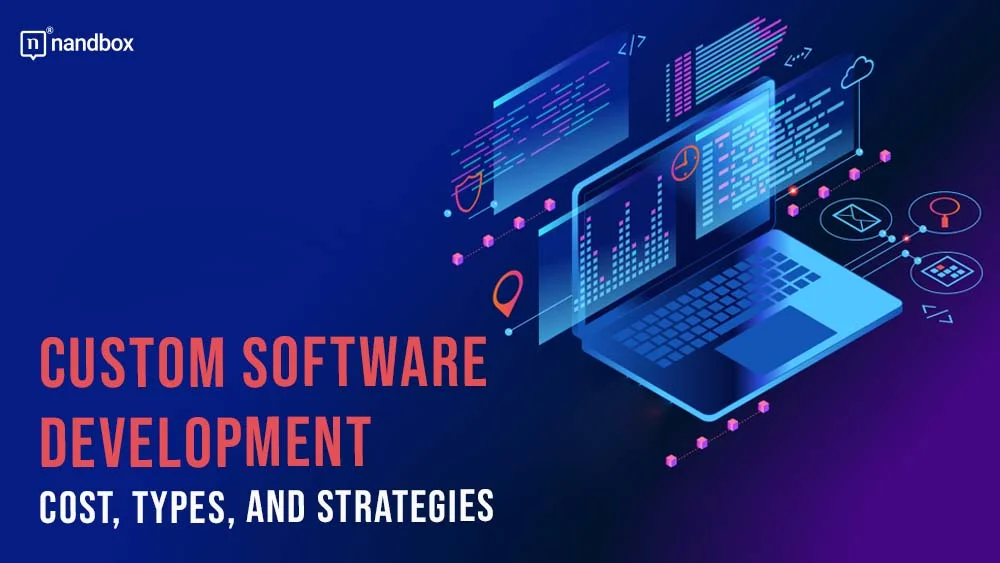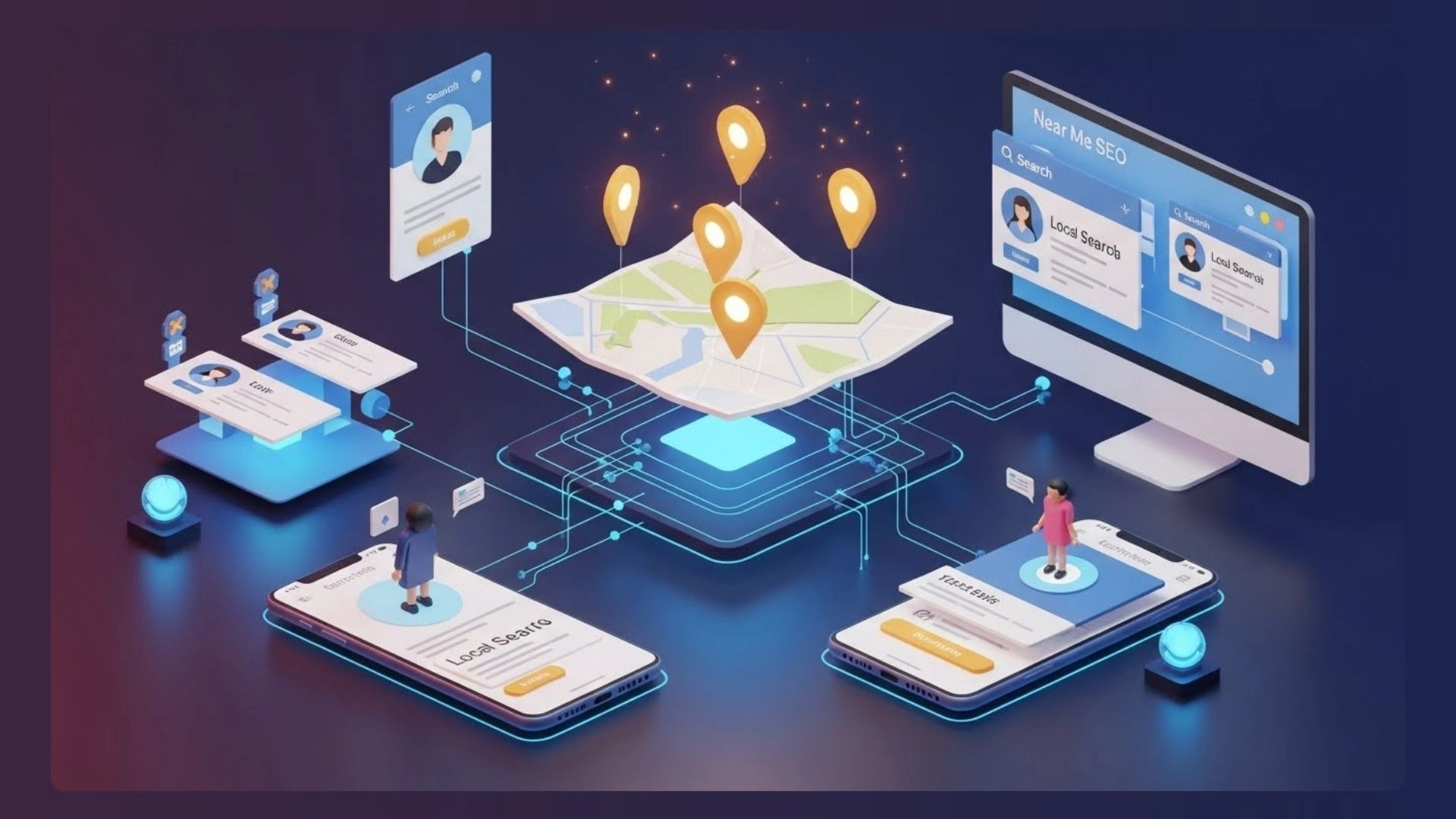Exploring the Development Landscape: Cost, Types, and Strategies for Custom Software Development
Software is the magician behind the scenes that instructs your gadgets to do your bidding. And it’s everywhere, in our computers, smartphones, and even smart refrigerators. As everyone who has ever thought about trying their hand at developing software knows, there are many factors, decisions, and expenses involved in implementing these digital dreams. Let’s examine the components of custom software development cost in more detail.
App Complexity Levels
First off, let’s tackle the elephant in the room — app complexity. It is one of the main factors that influence how much does development cost. Not all applications are created equal. Some are like taking a sunny stroll in the park, while others are like climbing Mount Everest without a guide. In the software industry, simple apps with uncomplicated features are the low-hanging fruit. Then there are programs with a medium level of sophistication, which add a few additional layers, and raise the software development cost even further. In conclusion, applications with high complexity offer an extensive range of capabilities, such as sophisticated data processing, personalized animations, and seamless connection with pre-existing systems.
Project Type
Software development is a dance that swings to the beat of various project types. It includes enterprise solutions that serve as the backbone of businesses, web applications that connect us globally, and mobile apps that keep us company when we need them. Every type of project has its own set of specifications, difficulties, and custom software development cost.
Project Size
When it comes to software projects, size does matter. Reach and depth are equally as important as length and width. The scope of a project may determine how much time, money, and resources are needed. From little tasks that can be completed in a few weeks for a couple of thousand bucks, to massive endeavors that take years and a sizable custom software development costs.
Business Requirements
Ahh, the ever-changing, ever-demanding winds of business requirements. Complying with regulations, including particular business logic, or guaranteeing the software can manage the anticipated volume of traffic on launch day are just a few examples of the requirements that can quickly escalate a project’s complexity and, consequently, how much does it cost to create a software.
Platform Used
Choosing the right platform is a crucial step in the software development process that affects the end product’s usability and effectiveness in addition to its development expenses. Here’s a direct look at the available platforms:
Native Android/iOS Apps
Creating native apps for Android or iOS demands adherence to the unique features and requirements of each platform. Because you could be creating and maintaining two different codebases, this method may result in greater software development costs and longer development periods, but it guarantees optimal performance and makes use of the distinctive capabilities of each operating system.
Web Apps
Web apps don’t require platform-specific programming because they may be accessed on different devices using web browsers. Updates may be simpler and less expensive as a result of its universality. Web apps, however, could not provide native applications’ performance or access to device capabilities.
Cross-Platform
With cross-platform development tools, programmers may create code once and have it run on several platforms. Software development costs and development time can be greatly decreased by doing this. Performance or the ability to use all of each platform’s native capabilities may be sacrificed, however, these problems have been much reduced by contemporary frameworks. The most popular are Flutter and React Native, accounting for almost 80% of the market. Here’s the complete breakdown:
- External Systems & APIs
Today’s world is highly linked, and software is seldom isolated. It’s similar to holding a party and making sure every visitor, with their own tastes and dietary requirements, gets along when integrating other systems and APIs. This intricacy has the potential to greatly affect the associated effort and expense.
- Team Size & Salaries
Not to be overlooked is the incredible group of people working behind the scenes. The team’s size and members’ pay are crucial. Software development is a team sport. To succeed you need designers, developers, project managers, and other personnel. The cost structure of the project is directly impacted by the team’s size and level of experience.
Best Payment Model for Software Development
The last step is selecting the optimal payment strategy for software development. Selecting a payment plan that aligns with the project needs, timetable, and budget is as important as choosing the correct key for a song. The top charts are as follows:
- Fixed software development Cost: This option works well for projects management and collaboration with clear specifications and scopes. It’s similar to placing an order for a predetermined menu—you receive what you see for the predetermined amount.
- Time and Materials: Perfect for projects with anticipated scope and demand changes. Similar to a buffet, you just pay for what you eat, giving you freedom but necessitating careful financial management.
- Retainer: Ideal for continuing initiatives with consistent, regular effort. Similar to a subscription service, you pay a monthly software development cost for a predetermined number of hours or tasks every month.
- Equity or income piece: This model exchanges development work for a piece of the company’s income or a stake in the firm, making it ideal for startups or initiatives with limited funding. It’s a gamble with significant potential benefits but also substantial hazards.
Conclusion
Making decisions during the software development process affects the project’s direction. Every aspect of software development, from the intricacy of the application to the size of the team and the selected means of payment, contributes to the overall design, making each component as distinctive as the idea that inspired it. Thus, prepare yourself for this journey by arming yourself with information, adaptability, and a healthy dose of creativity. Who knows? You may own the upcoming technological marvel.
You can also turn to professionals who have long worked in this field, but in order to fully appreciate their expertise, try to understand this topic yourself. Our article and many other resources will help you with this.





